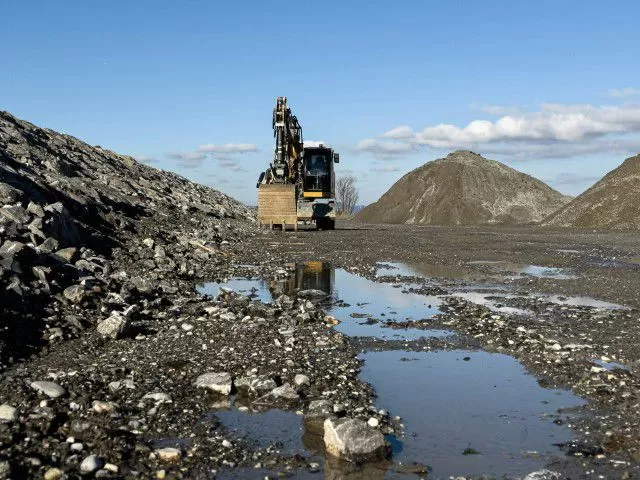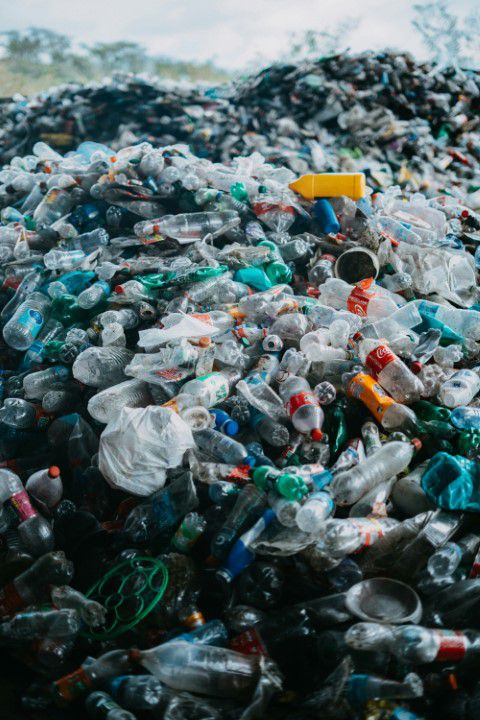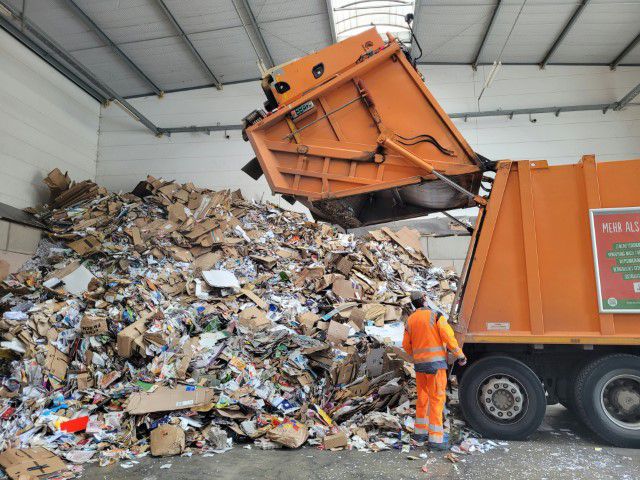
In the United States, the legacy of landfills is more than just an issue of waste management – it’s a stark reminder of the environmental injustices that disproportionately affect low-income and minority communities. While landfills serve as the final resting place for the nation’s garbage, their impacts are felt far beyond their fenced perimeters, shaping the lives and health of those living nearby. This issue extends beyond simple NIMBYism (“Not In My Backyard”) and delves into systemic inequalities that have persisted for decades. Understanding the environmental justice issues surrounding waste disposal is crucial to addressing these inequities and finding sustainable solutions that benefit all communities.
The Unequal Distribution of Landfills
One of the most troubling aspects of the landfill legacy in America is the unequal distribution of waste disposal sites. Historically, landfills, incinerators, and other waste facilities have been disproportionately located in low-income areas and communities of color. This pattern of environmental racism – where marginalized communities bear a greater burden of environmental hazards – didn’t happen by accident.
The placement of landfills in these communities is often a result of systemic discrimination and economic exploitation. Poor communities and communities of color are less likely to have the political power or resources to fight against the siting of these facilities in their neighborhoods. Additionally, land in these areas is often cheaper, making them attractive to industries looking to minimize costs. As a result, the people who are already vulnerable due to economic or social factors end up facing additional risks from living near landfills and other waste facilities.
Health Impacts on Vulnerable Communities
The health impacts of living near landfills are significant and well-documented. Communities situated close to waste disposal sites are more likely to experience a range of health problems, including respiratory issues, skin conditions, and gastrointestinal illnesses. These health issues are often linked to the pollution that landfills generate, including air and water contamination.

Air Pollution: Landfills emit a variety of harmful gases, including methane, carbon dioxide, and volatile organic compounds (VOCs). Methane, while less immediately harmful to human health, is a potent greenhouse gas that contributes to climate change. VOCs, on the other hand, can cause serious health problems. Long-term exposure to VOCs has been associated with an increased risk of cancer, as well as respiratory and neurological problems. The release of these pollutants into the air means that communities near landfills often suffer from poor air quality, leading to higher rates of asthma, bronchitis, and other respiratory conditions.
Water Contamination: Another major concern is the potential for water contamination from leachate, a toxic liquid that forms when water filters through the layers of waste in a landfill. Leachate can contain a cocktail of hazardous substances, including heavy metals, chemicals, and pathogens. If not properly managed, leachate can seep into the groundwater and contaminate local water supplies. For communities that rely on well water or have limited access to clean water, this can pose a serious health risk. Contaminated water can lead to a host of illnesses, including gastrointestinal infections and long-term health problems like kidney damage and reproductive issues.
Economic and Social Impacts
The environmental justice issues surrounding landfills extend beyond health concerns. The presence of a landfill in a community can have significant economic and social repercussions, further entrenching poverty and inequality.
Property Values and Economic Decline: The stigma of living near a landfill can depress property values, making it difficult for residents to sell their homes and relocate.

Lower property values also reduce the local tax base, which in turn limits the funds available for essential services like schools, infrastructure, and public health programs. This creates a cycle of economic decline, where communities are left with fewer resources to address the very issues that landfills exacerbate.
Social Isolation and Stigma: The siting of landfills in certain communities can also lead to social isolation and stigma. These areas are often viewed as undesirable or dangerous, leading to a lack of investment in infrastructure and public services. This neglect can create a sense of abandonment and despair among residents, who may feel that their lives and well-being are less valued than those in more affluent areas.
Psychological Stress: The constant presence of a landfill, with its associated odors, noise, and pollution, can lead to chronic stress and anxiety for residents. This psychological burden is often compounded by the feeling of powerlessness that comes from being unable to change their circumstances or escape the negative impacts of living near a waste disposal site.
The Role of Policy and Advocacy
Addressing the environmental justice issues surrounding landfills requires concerted efforts at both the policy and grassroots levels. Government agencies, policymakers, and advocacy groups all have roles to play in ensuring that waste management practices do not disproportionately harm vulnerable communities.
Stronger Regulations: One of the most effective ways to address environmental justice concerns is through stronger regulations that protect communities from the harmful effects of landfills. This includes stricter guidelines for the siting of new landfills, ensuring that they are not concentrated in already overburdened areas. Additionally, regulations should require more robust monitoring and management of existing landfills to prevent pollution and mitigate health risks.
Community Involvement: Meaningful community involvement is essential in the decision-making process for waste management. Residents of affected communities should have a say in whether a landfill is placed in their area, and they should be provided with the resources to participate in these decisions. This includes access to information, legal support, and platforms for voicing their concerns.

Environmental Justice Legislation: Policies that specifically address environmental justice issues can help rectify the historical wrongs that have led to the disproportionate siting of landfills in marginalized communities. For example, environmental justice legislation can mandate that the cumulative impacts of pollution are considered when deciding where to locate new waste facilities.
Support for Affected Communities: Beyond policy changes, there is a need for direct support to communities that have been impacted by landfills. This can include funding for health clinics, environmental cleanups, and economic development programs aimed at revitalizing these areas.
Moving Toward Sustainable Waste Management
The landfill legacy in America highlights the need for more sustainable and equitable waste management practices. Reducing the reliance on landfills through waste reduction, recycling, and composting can help minimize the environmental and health impacts of waste disposal. Additionally, investing in new technologies, such as waste-to-energy and advanced recycling methods, can provide alternatives to landfills that are less harmful to both people and the planet.
Ultimately, addressing the environmental justice issues surrounding waste disposal requires a commitment to fairness and sustainability. By prioritizing the needs of all communities—especially those that have been historically marginalized—America can begin to undo the legacy of environmental injustice and move toward a future where everyone has the right to a clean and healthy environment.
Sources
- U.S. Environmental Protection Agency (EPA) – Environmental Justice
- National Resources Defense Council (NRDC) – Environmental Justice in America
- Union of Concerned Scientists – Landfills and Public Health
- Environmental Health Perspectives – The Health Effects of Landfills
- Environmental Justice Organizations, Liabilities and Trade (EJOLT) – Environmental Racism and Landfills

Peter Lars has long been an advocate for reusing and recycling whenever you can. He has a passion for writing about every related to landfills and garbage dumps, and unlikely as that may seem.
Landfill Art: How Artists are Turning Trash into Creative Masterpieces
In a world where waste is often viewed as nothing…
Plastic Perils: How Single-Use Plastics are Filling Up America’s Landfills
Single-use plastics, those convenient yet disposable items like straws, bags,…
The History of Landfills in America: How Waste Management Evolved Over the Decades
The history of landfills in America is a fascinating journey…
The Circular Economy: Can It Solve America’s Landfill Problem?
As America grapples with its mounting landfill crisis, the concept…
Landfill Legacy: The Environmental Justice Issues Surrounding Waste Disposal in America
In the United States, the legacy of landfills is more…
The Role of Landfills in Climate Change: What Americans Need to Know
When we think about climate change, images of smokestacks, deforestation,…





